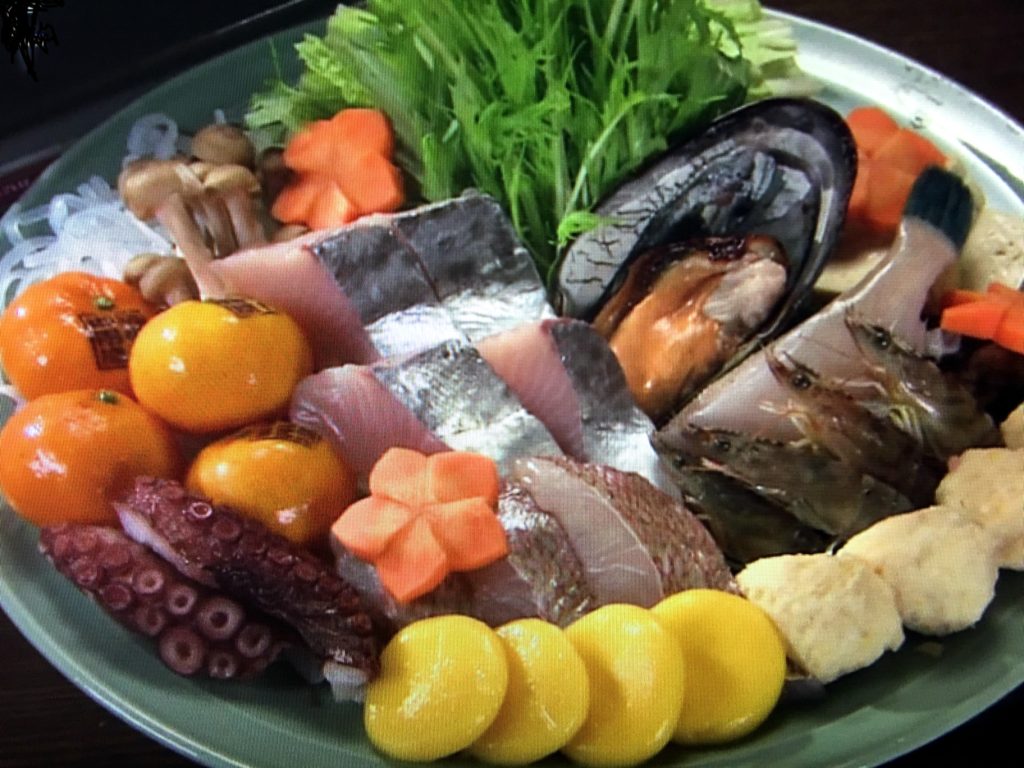
Today marks the beginning of Daikan, the coldest period of the year. On television, the New Year sumo tournament is in full swing. Fierce battles, as if to blow away the cold, unfold day after day. Daikan is the final of the 24 solar terms, making it the coldest period in the calendar year. The last day of Daikan, February 3rd, is Setsubun. The following day is Risshun, the beginning of spring and the start of the new year according to the calendar.
The Daikan period is known for its harsh cold, slowing down the activity of airborne bacteria, making it the most suitable time for preparing and preserving food. Traditional Japanese fermented foods like miso, sake, and soy sauce, prepared during this ‘cold processing’ using ‘Kan no Mizu (cold water),’ are cherished for their unique depth and flavor.
Additionally, practicing in the severe cold, known as ‘Kan Geiko,’ takes place during the early mornings and nights of Daikan. People engage in training sessions for martial arts, sports, music, and more, forging their mind and body. Seafood, rich in oils, is at its best, with yellowtail, mackerel, Spanish mackerel, and clams being particularly delicious during this season. Winter vegetables such as radishes and turnips are also at their peak. Daikan is warmly welcomed, offering a time for rigorous training, flavorful foods, and the anticipation of the coming spring.
今日は大寒の入り。テレビでは初場所の真っ最中。寒さを吹っ飛ばすような熱戦が連日繰り広げられています。大寒は24節気の最後の節気で、暦的には一年で一番寒い期間です。大寒の最後の日、2月3日は節分です。その翌日は立春で、暦的には一年の始まり、いよいよ春の幕開けです。
大寒の時期は寒さが厳しく、空気中の雑菌の活動が鈍化するため、食品の仕込みや保存に最も適しているとされています。「寒仕込み」の味噌や酒や醤油など、日本の伝統的な発酵食品も、「寒の水」を使用することで、これらの食品に独特の深みや風味を添えるとされ、多くの人に珍重されています。
また、厳しい寒さのなかでの稽古を行うことを「寒稽古」と呼び、大寒の早朝や夜間に、武道、スポーツ、音楽などの稽古を行い、心身を鍛えます。魚介類も脂が乗り切り、ぶりやさば、さわら、しじみなど、一番美味しいのもこの時期です。大根にかぶら、冬野菜も今が一番で、大寒、大歓迎です。
